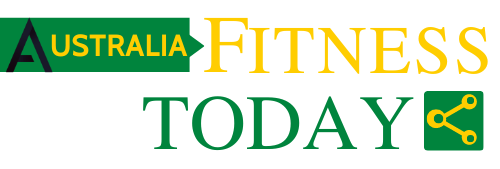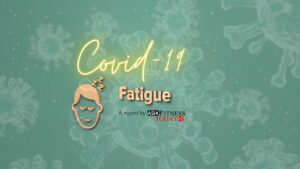VANCOUVER, British Columbia, March 27, 2019 /PRNewswire/ — WAT Medical was recently interviewed by NHK, one of the largest broadcasting corporations in Japan. The interview was held in Vancouver, where WAT Medical’s CEO, Raymond Ji, discussed the development, use, and advancements of neuromodulation technologies.The interview will be broadcasted to the Japanese audience in March 2019.
During the interview, focus was given to Raymond’s background as a hospital pediatrician and how this has influenced his work at WAT Medical. Working at WAT Medical not only helps him treat individual patients but also influence the style of healthcare treatments that would ultimately benefit patients of future generations. As the CEO of Wat Medical, he is able to work specifically on developing therapies in the field of transcutaneous electrical nerve stimulation (TENS) that are more helpful in the following ways:
1. Specificity: WAT Medical focuses on specific conditions instead of trying to solve all the problems. One device is designed to offer a solution for one kind of issue. Patients get exactly what they need.
2. Wearability: By making the devices wearable, the therapies become available anywhere, anytime. It’s possible for consumers to enjoy evidence-based, safe and effective therapies with affordable prices.
Raymond also discussed how WAT Medical takes inspiration and knowledge from acupuncture while designing its devices. Acupuncture is considered an early type of neuromodulation which can be divided into 3 stages.
1. Acupuncture: Acupuncture has been around for thousands of years as a way to relieve pain and promote qualify of life for people. To be effective, however, the treatment needs to be performed by specially trained individuals. The effect of the therapy is different from day to day and person to person.
2. TENS: TENS technology industrializes and digitalizes this type of treatment. This transforms the skills of the trained individuals into physical products, allowing them to be much more accessible. The devices can put out measurable and repeatable treatments, free from potential fluctuations or inconsistencies between healthcare providers.
3. Targeted TENS: While traditional TENS is used to solve a wide range of issues, WAT Medical took it to the next level and turned it into targeted-neuro modulation, which focuses on specific medical conditions. This is how WAT Medical’s devices are designed. EmeTerm and HeadaTerm each put out electrical currents at a particular frequency that are meant to stimulate specific areas of the brain and nerve nuclei.
Peter W.F. Ji, Co-Founder of WAT Medical and doctorate degree candidate at UC Berkeley, was also interviewed by the NHK team. Peter introduced the mechanisms of EmeTerm anti-nausea and vomiting wristband and HeadaTerm anti-migraine head patch and demonstrated the devices. Peter also introduced WAT Medical’s ongoing projects, including the solution for vision weakness and its new device, eEspresso, which could keep people awake and might be launched at 2020 CES in Las Vegas.
References:
https://www.watmedical.com/
https://www.nhk.or.jp/
http://science.sciencemag.org/content/150/3699/971 Pain Mechanisms: a New Theory
https://www.neuromodulation.com/for-medical-providers Neuromodulation Therapies
https://www.health.harvard.edu/blog/acupuncture-for-headache-2018012513146
![]() View original content:http://www.prnewswire.com/news-releases/wat-medical-interviewed-by-nhk-japans-national-broadcasting-organization-300819326.html
View original content:http://www.prnewswire.com/news-releases/wat-medical-interviewed-by-nhk-japans-national-broadcasting-organization-300819326.html
Source: WAT Medical Enterprise Ltd.


